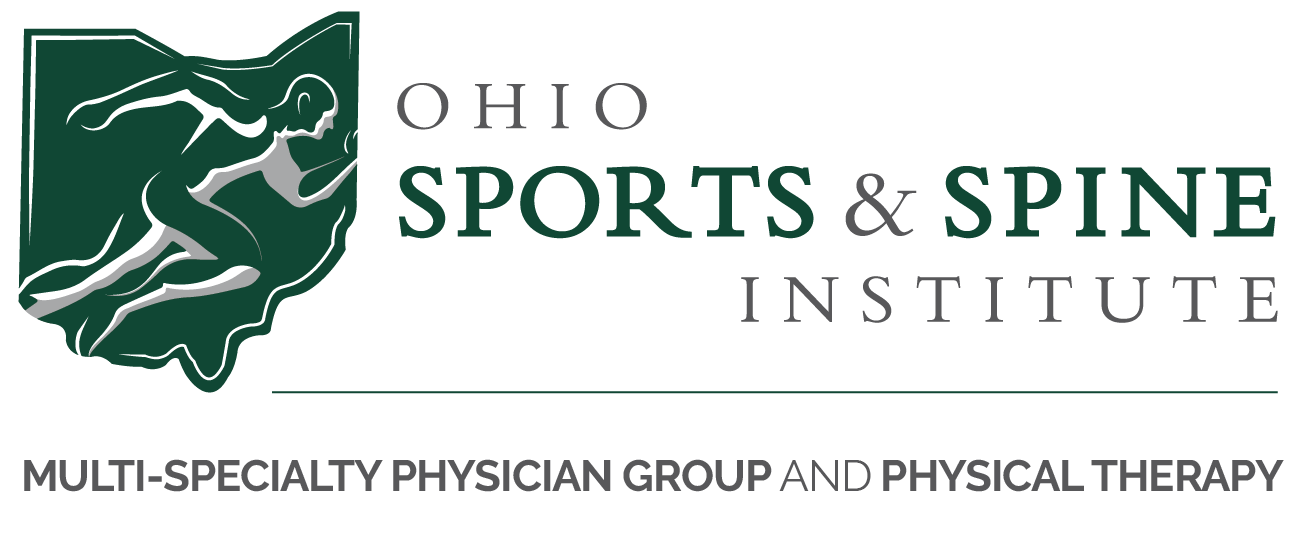By Jennifer Kalinsky, PTA, BS, ACSM EP-C
It is a new year and you want to set goals to become more active, but are unsure what kinds of workouts are best and how often you should be doing them.
Here are some guidelines from the American College of Sports Medicine that provide a great source for all of your various exercise needs, including cardiovascular training, strength training, and flexibility training.
It’s important to understand why you should perform all three of these exercises and how you can get started to ensure a comprehensive workout program.
As always please consult your doctor before starting a regular exercise program. These are general guidelines for the average person, but they may not be for everyone.
Strength Training
Each major muscle group should be trained two to three days per week with a 48-hour rest in between the same muscle group training.
What can strength training do for me?
- Preserve and develop strong bones
- Increase metabolism to burn more calories per minute
- Help manage weight
- Enhance the quality of life by increasing balance and decreasing the risk of falls
- Manage signs/symptoms of arthritis, back pain, obesity, heart disease, depression, and diabetes.
How do I start?
- Do exercises using just bodyweight
- Begin incorporating resistance bands into your movements
- Use free weights
- Use weight machines
- Attend group fitness classes
Cardiovascular Training
It’s recommended to perform cardio exercise at moderate to vigorous intensity three to five times per week, totaling 150 minutes a week.
What can cardiovascular training do for me?

- Decreases risk of diabetes, heart disease, stroke
- Manages weight
- Increases stamina and decreases fatigue
- Activates the immune system, making you less susceptible to minor illnesses such as cold and flu
- Decreases blood pressure, controls blood sugar and manages chronic conditions
- Strengthens heart to pump blood more efficiently to all parts of your body
- Boosts mood
- May help protect memory, reasoning and cognitive function in older adults
- Contributes to a longer life span
How do I start?
- START SMALL and gradually increase time and intensity
- Begin walking, jogging and running
- Try dancing or attending classes such as Zumba
- Practice swimming
- Begin biking
- Climb stairs (at work, in the gym, at home, etc.)
- Get involved in recreational activities and/or sports
Flexibility Training
You should perform flexibility training daily, usually before and after another workout or by itself. Focus on stretching each joint for 60 seconds.

What can flexibility training do for me?
- Gives you greater freedom of movement and improved posture
- Increases physical and mental relaxation
- Releases muscle tension and soreness
- Reduces risk of injury
How do I start?
- Perform static (standing or sitting still) and light movements
- Stretch after warming up or performing another workout because muscles stretch better when they are warm
- Stretch each muscle group (unless told otherwise)
We hope these brief guidelines set you up for success in the new year! But it’s important to understand that this just scratches the surface. If you are interested in learning more about different forms of exercises or various movements, please reach out to our team of trained professionals.
Jennifer Kalinsky is a physical therapy assistant at Ohio Sports & Spine Institute. She is also a certified exercise physiologist through the American College of Sports Medicine. Although Jennifer is not a dietician or doctor, she enjoys educating her patients on fitness, nutrition and other exercise science topics, based on her studies and experience. You can reach her at j.kalinsky@ossinstitute.com or by calling one of our offices.
If you would like to learn more, here are some articles you might find interesting:





